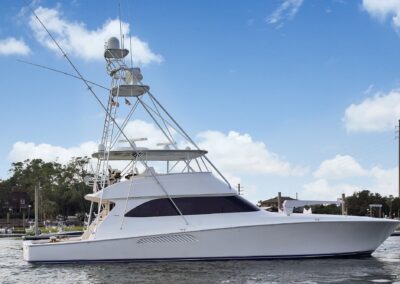Yacht refit is a process of restoring and improving a yacht’s design, performance, and amenities. The history of yacht refit has evolved from the earliest days of sailboats to the modern age of luxury yachts.
The earliest known boat refits were done in the 1500s, when ships were being built for exploration and trading. As these ships needed to stay afloat and withstand the elements, the earliest refits were focused on strengthening the hull, improving the sails and rigging, and making the ship more seaworthy.
In the 18th century, yacht refit became more focused on luxury and style. Wealthy owners wanted their yachts to look and feel more like a home, so they added features such as cabins, galleys, and decks. They also upgraded the sails and rigging to give the yacht better performance.
The 19th century saw a boom in yacht refit. The Industrial Revolution made it possible to build larger and more luxurious yachts, and owners began to customize their boats with more advanced technology. This included electric lighting, refrigeration, and even wireless communication.
The 20th century brought more technological advances and more complex yacht refits. New materials such as fiberglass and composites allowed for lighter and stronger hulls. Refits also included luxuries such as air conditioning, entertainment systems, and navigation systems.
Today, yacht refit is a highly specialized field. Yacht owners can choose from a range of services, from simple repairs to full-scale refits. The latest designs and technologies can also be incorporated into refits, making them safer and more efficient. Many yacht owners also choose to customize their yachts with unique features and fittings, creating a truly unique vessel.
Yacht refit is an important part of the history of sailing, and it continues to evolve as technology advances. With the right refit, a yacht can be transformed into a modern marvel.






